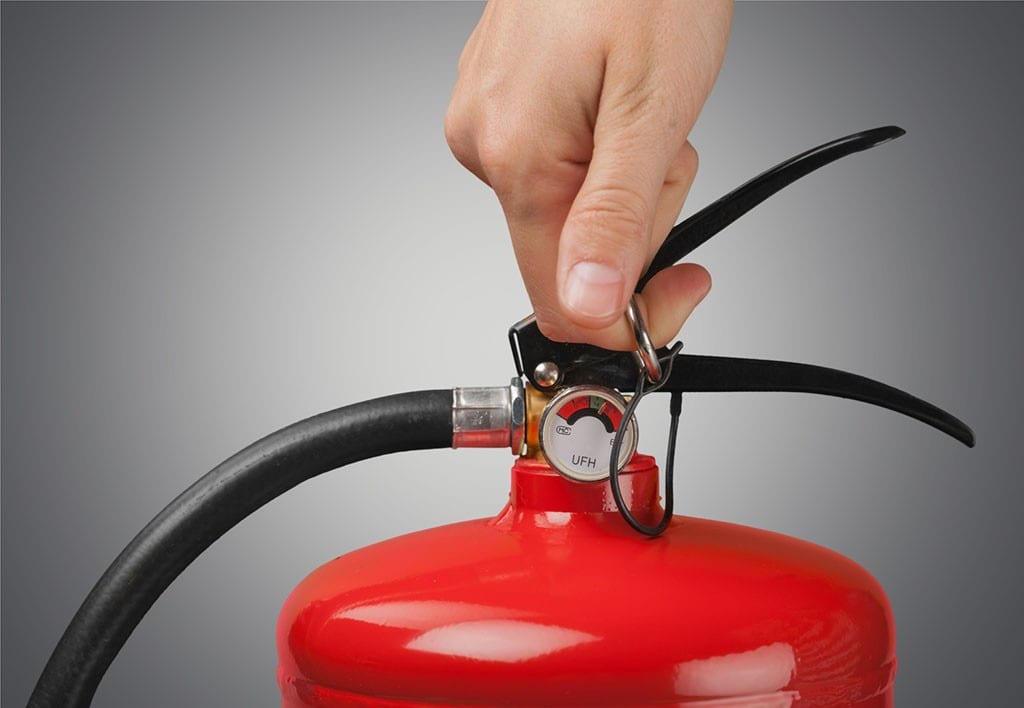For every business in Sydney the protection of fire is not just a legal requirement but an essential element of keeping employees clients, customers, and the property safe. Many of the risks that could arise from the fire could be avoided or diminished by the proper security measures. The combination of inspections of fires, electrical systems testing and tagging as well as complying with CFSP regulations all contribute to the safety of workers and assure that businesses adhere to the Building Code of Australia and local council standards.
The reasons fire inspections are at the basis of security
Fire inspections provide the first protection against potential hazards. They verify that every component of a building’s fire protection system is functioning and current. In Sydney businesses are required to conduct inspections at least once every six months or once a year, according to the type of building and local council regulations. Inspections can cover everything from smoke alarms to sprinkler systems, to fire alarm panels and hydrants to emergency lighting, and even fire alarms.

Inspections are vital because they are able to uncover unnoticed problems before they turn into a danger. A tiny flaw on a fire hydrant or an obstruction in a smoke detector might appear insignificant at first but in a situation of emergency, these flaws can cause death. Business owners who regularly inspect their fire hydrants ensure they are complying with their legal requirements and making themselves safe from unexpected catastrophes.
Test and Tag Testing and Tag
Electrical systems are a major cause of fires in the workplace. Testing and tagging are consequently an essential element of the plan to ensure the safety of fire. This process involves checking the electrical equipment to make sure it’s safe, functioning and safe, then followed by attaching a visible tag that indicates that the product has passed inspection. For many companies it’s more than just a regular requirement it’s a defense against the risk of risks that can go under the radar.
A faulty appliance, old wiring or cables that are worn out can quickly become fire hazards when left unchecked. Regularly testing and marking decreases the risk of an electrical issue that could cause the possibility of a fire. The employees are also assured that the workplace is safe. This helps create a feeling of confidence and trust in the workplace. When combined with fire inspections as well as testing, this comprehensive safety program reduces the risk from multiple perspectives.
The purpose of CFSP is compliance and certification
Only an Competent Fire Safety Professional (CFSP) who is based in New South Wales, can certify and sign important documents for fire safety such as Annual Fire Safety Statements. The CFSP accreditation guarantees that only qualified professionals can evaluate and confirm the safety measures for fire. For those who own businesses, having a CFSP implies that inspections and reports are not just routine paperwork but actual evaluations that are conducted by professionals.
The role of a CFSP extends far beyond ticking boxes. They assess the performance and condition of fire safety systems and produce comprehensive reports. They also make sure that the system is in compliance with regulatory requirements. Companies that do not have CFSP certification run the risk of hefty fines, legal problems and even closing if their fire safety measures are found to be inadequate. Working with professionals who have been certified ensures the fire safety systems are maintained properly, and that all compliance requirements are met.
The Fire Safety Act: A Lifelong Engagement
The issue of fire safety is not just a one-time responsibility, but an ongoing responsibility for every business owner. Regular inspections and testing of electrical equipment, together with a proper certification from CFSP to create a safety cycle that doesn’t end. This is not just legal, but also creates a safer environment within the workplace. Employees can feel confident knowing that evacuation plans have been formulated Smoke detectors are operational the emergency lighting is verified, and the fire protection system is in place to go.
Making fire safety continuous procedure rather than the annual checkbox reduces risks but also strengthens the image of a company. Clients and customers feel more secure in an environment where safety is visibly prioritized. In the long run investing in proactive fire protection saves costs by avoiding costly damages such as fines, legal battles, as well as protecting the lives of all that enters the building.
Conclusion
Fire safety in Sydney requires a multi-layered approach which includes fire inspections testing and tagging as well as an official certification from an CFSP. Each component is vital to making sure that businesses adhere to the regulations, and more important, that people and properties are protected. When safety is a regular element of daily operations instead of as a secondary consideration, businesses will do not just meet their legal obligations but make a more secure and resilient environment for the future.